Hyacinths are beloved for their vibrant colors and strong fragrance, making them a popular choice for spring gardens and indoor forcing. Successful cultivation of hyacinths from bulbs requires attention to several key factors:
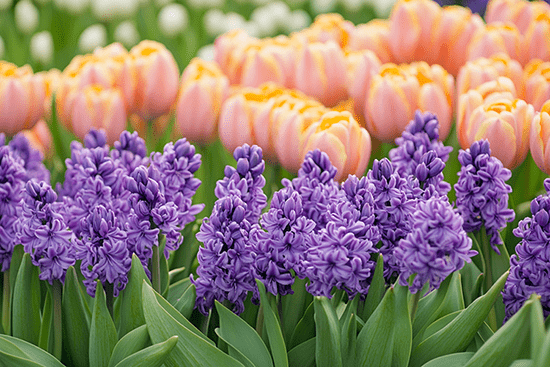
1. Choosing the Right Bulbs
- Quality: Start with healthy, firm bulbs that are free from mold, soft spots, or blemishes. Larger bulbs generally produce bigger, more robust flowers.
- Varieties: There are various hyacinth varieties, including Dutch hyacinths (most common) and Roman or French hyacinths, which are more delicate. Choose based on your climate and aesthetic preferences.
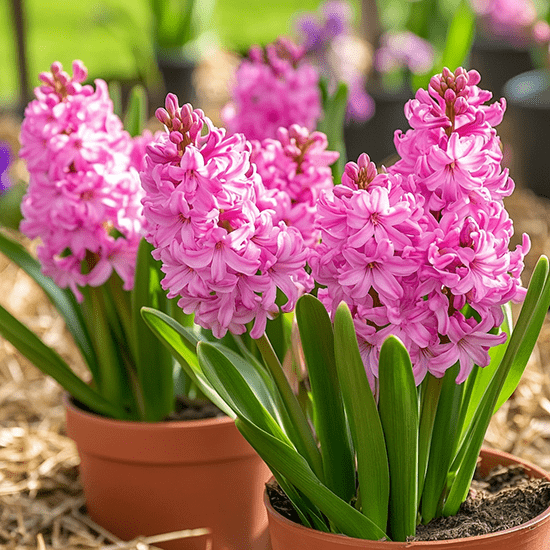
2. Timing and Preparation
- Planting Time: Plant hyacinth bulbs in the fall, typically between September and November, before the first hard frost. This allows them to establish roots before winter.
- Chilling Period: Hyacinths require a cold period to bloom. If you live in a warmer climate, you may need to chill the bulbs in a refrigerator (around 40-50°F/4-10°C) for 10-12 weeks before planting.
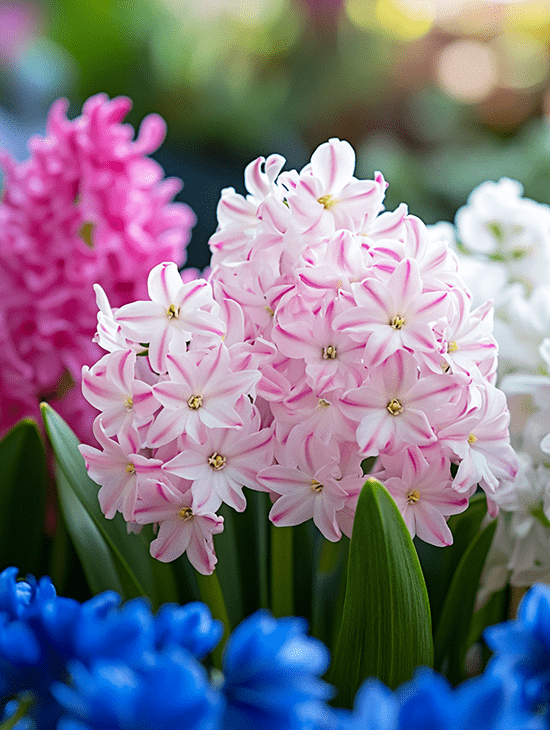
3. Soil and Location
- Soil: Well-draining soil is crucial. Hyacinths do not tolerate soggy soil, which can lead to rot. A mix of garden soil with sand or perlite is ideal.
- Location: Choose a sunny spot in the garden. Hyacinths thrive in full sun but can tolerate partial shade. Ensure the location is protected from strong winds.
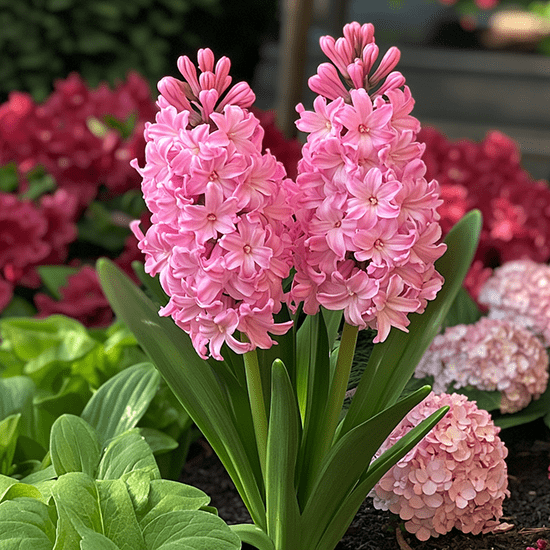
4. Planting Depth and Spacing
- Depth: Plant bulbs 4-6 inches deep, with the pointed end facing up.
- Spacing: Space bulbs about 4-6 inches apart to allow room for growth and air circulation.
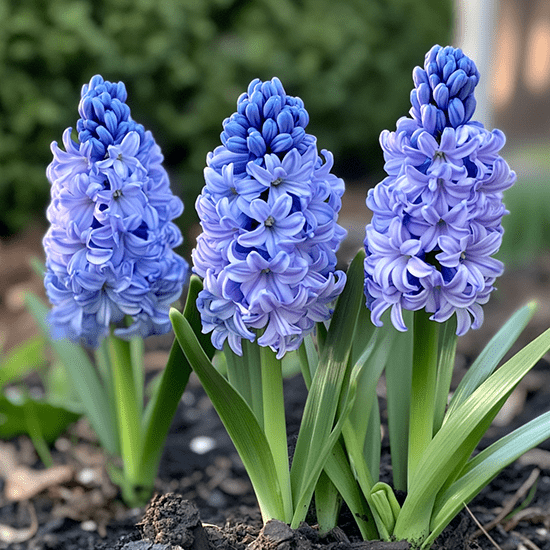
5. Watering and Care
- Watering: Water the bulbs thoroughly after planting to help settle the soil. Continue to water regularly if the autumn is dry but avoid overwatering.
- Fertilization: Apply a balanced, slow-release fertilizer at planting time. Fertilize again in early spring as the shoots begin to emerge.
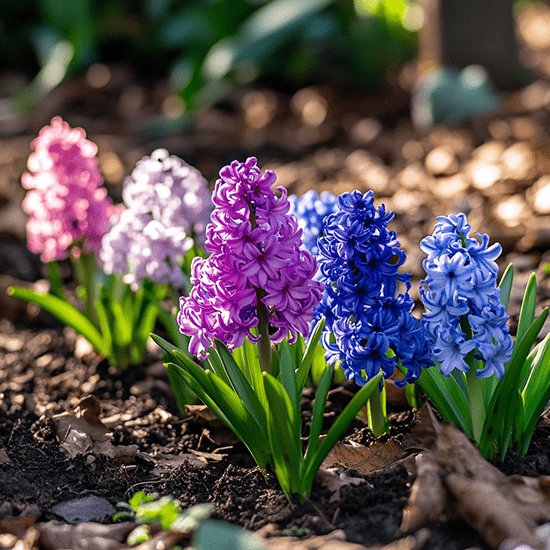
6. Forcing Hyacinths Indoors
- Potting: Use a well-draining potting mix and plant bulbs in pots, leaving the tops exposed. Keep them in a cool, dark place for the chilling period.
- Watering: Water sparingly until you see growth. Once growth starts, move the pots to a warmer, sunny location and water more regularly.
- Blooming: Hyacinths will bloom indoors within 2-3 weeks after being moved to a warmer area. Rotate the pots to ensure even growth and prevent leaning.
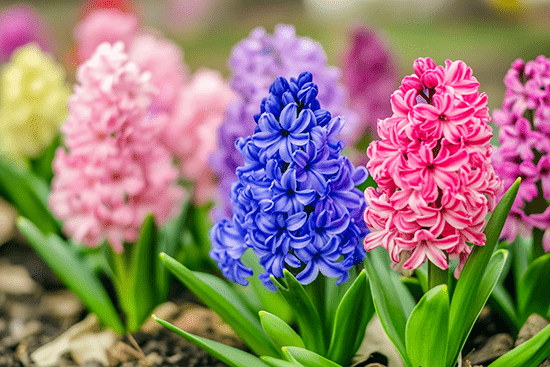
7. Aftercare
- Post-bloom: Once the flowers fade, cut off the flower stalks but leave the leaves to die back naturally. This allows the bulb to store energy for the next year.
- Storage: If you’re replanting the bulbs, let them dry out and store them in a cool, dry place until the next planting season. However, note that forced bulbs may not bloom as vigorously the following year.
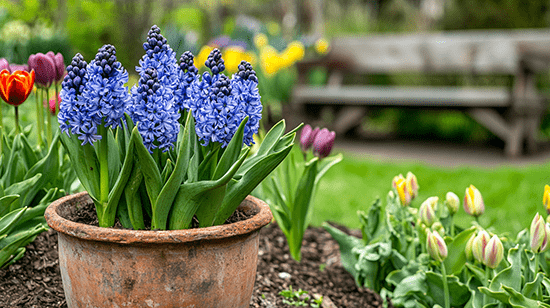
8. Common Issues
- Bulb Rot: Prevent by ensuring good drainage and not overwatering.
- Pests: Watch for pests like aphids or slugs, which can damage the plants. Use organic pest control methods if necessary.
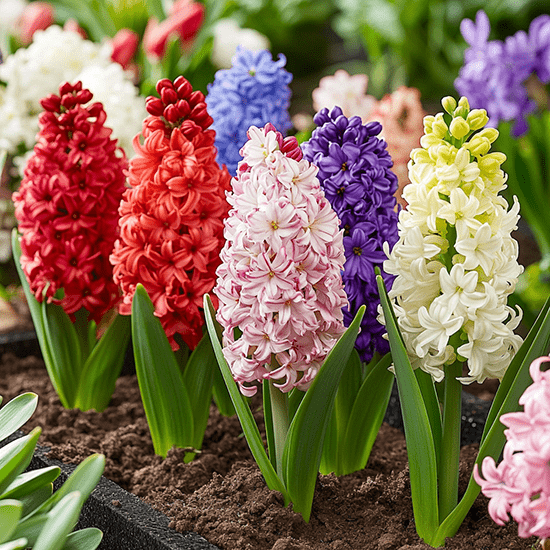
9. Design Tips
- Mass Planting: Hyacinths look stunning when planted en masse in beds or borders.
- Companion Plants: Pair hyacinths with early spring bloomers like tulips, daffodils, or crocuses for a colorful display.
- Indoor Displays: Arrange forced hyacinths in groups for a striking and fragrant centerpiece.
By following these secrets, you can enjoy beautiful, fragrant hyacinth blooms both in your garden and indoors year after year.

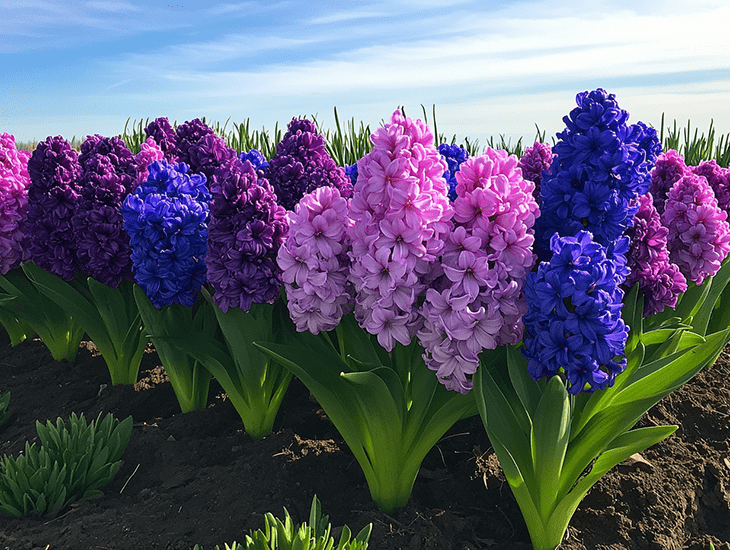






Leave a Comment